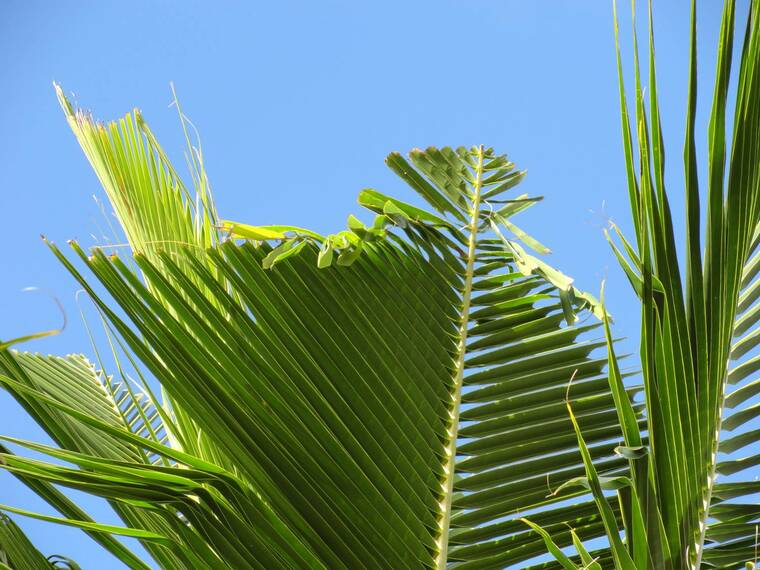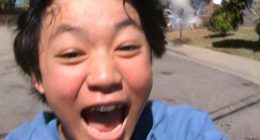
1/2
Swipe or click to see more
COURTESY HDOA
The coconut rhinoceros beetles are a serious pest of palm trees, primarily coconut trees. Adult beetles bore into their crowns to feed on the tree’s sap.

2/2
Swipe or click to see more
COURTESY HDOA
The invasive beetles — first detected on Oahu in December 2013 — are destructive to palms and other plants, and the Hawaii Department of Agriculture is urging residents to check their mulch and green waste for more signs of them.


State agriculture officials today confirmed the detection of three live, adult coconut rhinceros beetles in Hawaii island’s Waikoloa area.
They are the first adult beetle detections on the island, and the first signs of further beetle infestation since October, when a resident found six larvae in a decaying palm tree stump in Waikoloa Village.
The invasive beetles — first detected on Oahu in December 2013 — are destructive to palms and other plants, and the Hawaii Department of Agriculture is urging residents to check their mulch and green waste for more signs of them.
“Unfortunately, detections of live adult beetles are an indication that CRB are breeding in the Waikoloa area,” said Sharon Hurd, Hawaii Board of Agriculture chairperson, in a news release. “We ask that residents pay special attention to mulch and green waste that serve as optimum breeding conditions and report any suspected CRB or suspected CRB damage in palm trees. We need everyone’s eyes.”
The adult beetles, which are all black and about two inches long, were detected just a week apart at two different sites.
On April 15, HDOA said, a single, male beetle was reported in a “camera trap” at the West Hawaii landfill by the University of Hawaii’s Coconut Rhinoceros Beetle Response.
Then on Monday, the Big Island Invasive Species Council notified HDOA that two adult CRB were found in traps at the Waikoloa Dry Forest Reserve.
More than 80 detection traps have been deployed across Hawaii island by multiple state agencies as well as the U.S. Department of Agriculture. HDOA said it will deploy more, including a new generation of smart traps.
The state and CRB Response Team will conduct extensive surveying and treatment activities in May, which had already been planned before the recent dections.
To report suspected CRB, call the state’s toll-free pest hotline at 808-643-PEST (7378).
More information on CRB is available at crbhawaii.org.
Read More: World News | Entertainment News | Celeb News
Star Ads






